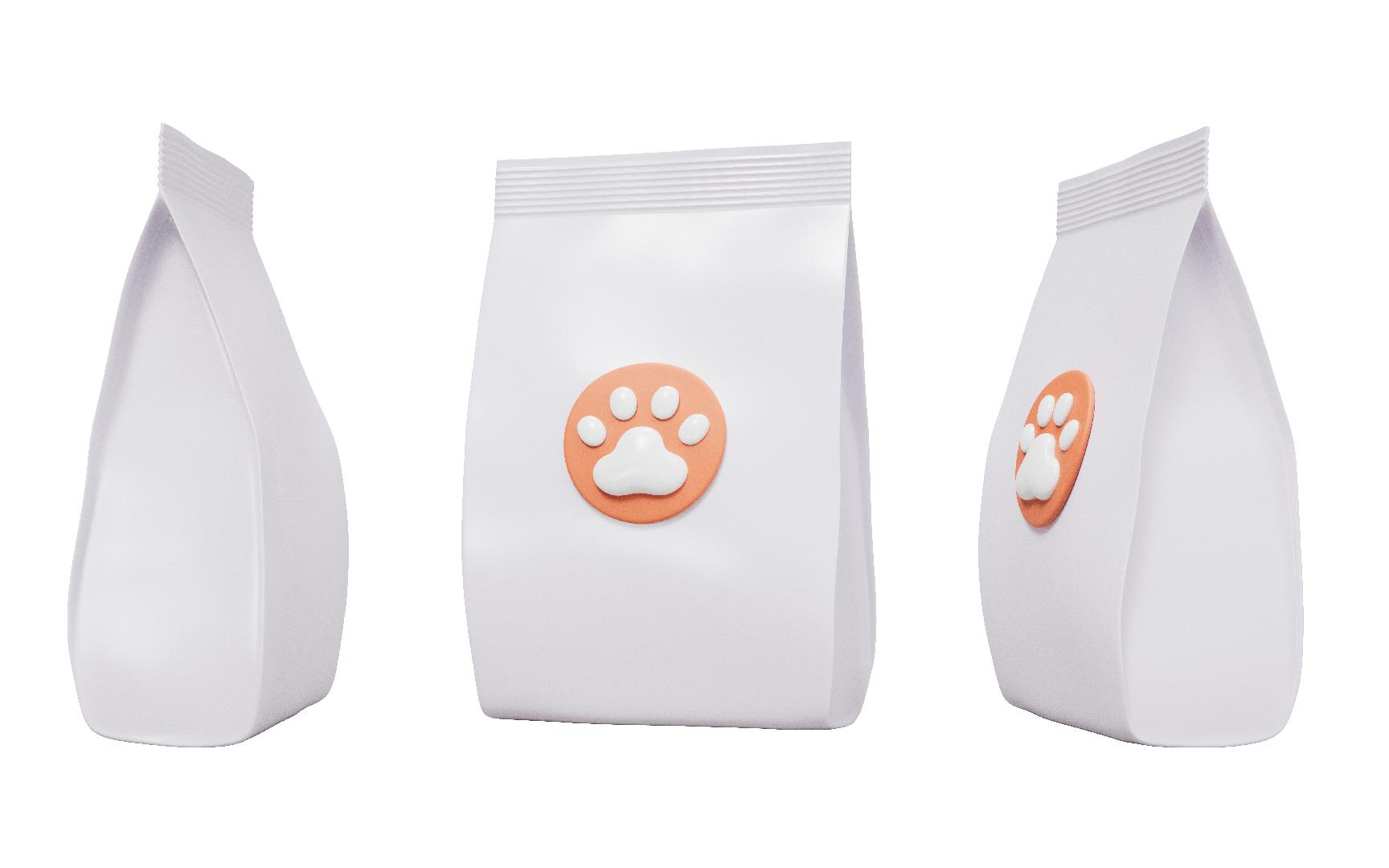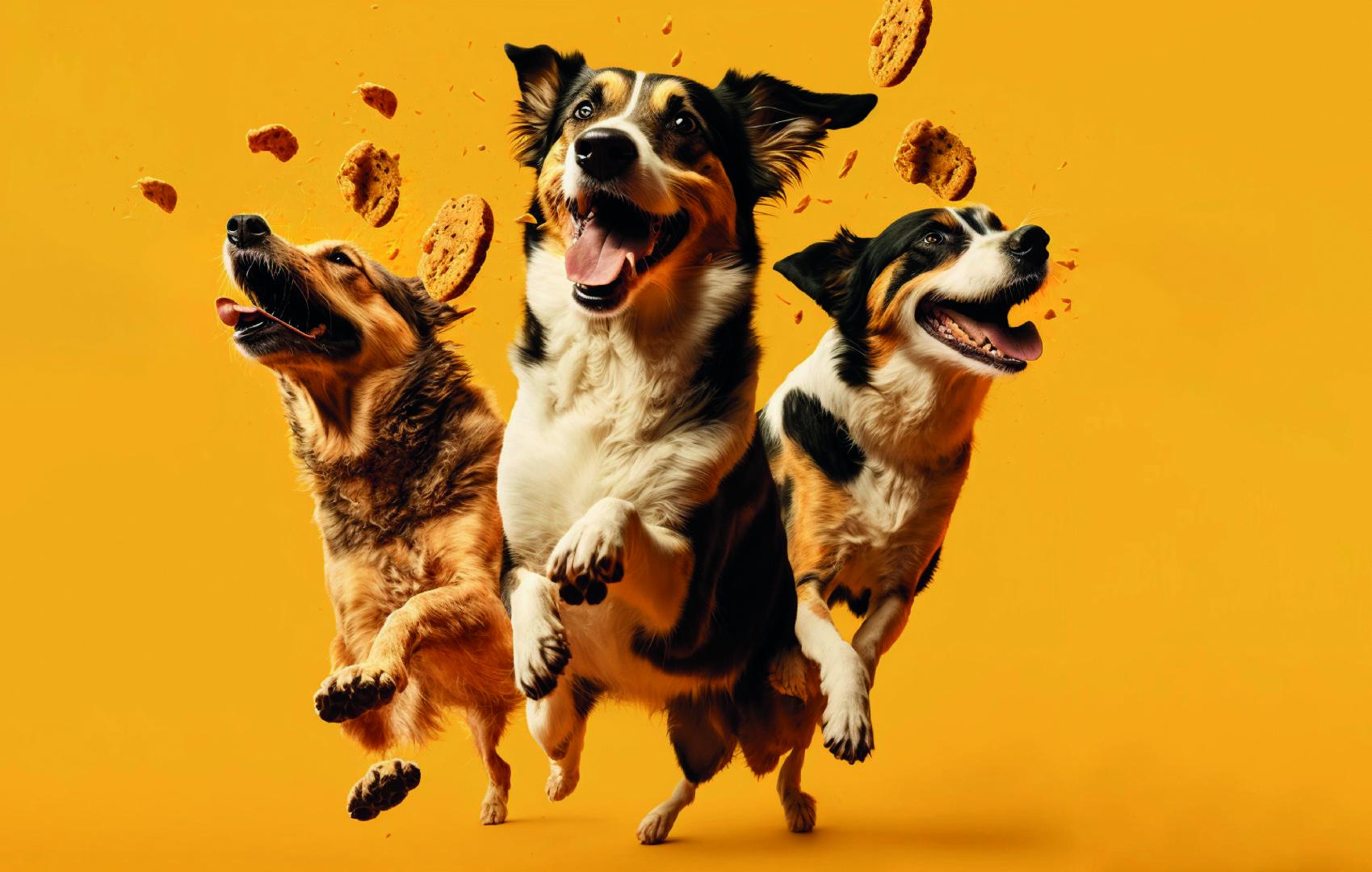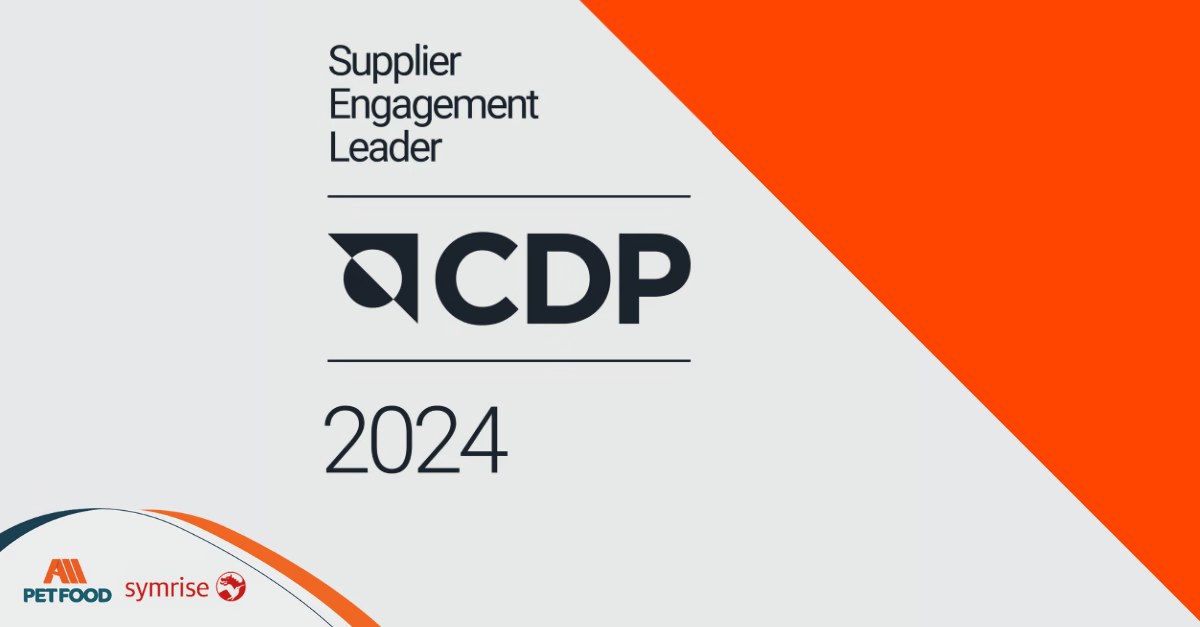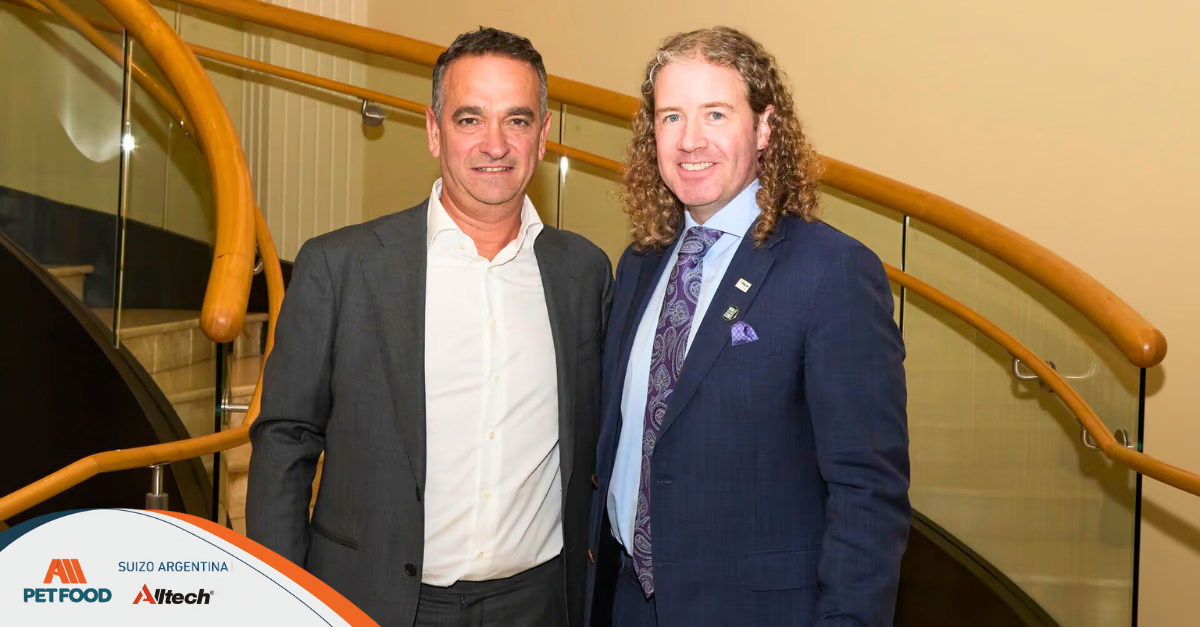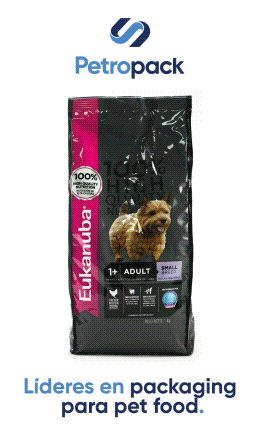The most popular definition of 'brand' is that of Philip Kotler, who indicates that it is 'a name, a term, a sign, a symbol, a design or a combination of all these elements, which identifies the manufacturer or seller of a product.' or service and that differentiates it from the competition.' Furthermore, let us keep in mind that today, a brand combines perceptions and emotions that consumers associate with the product.
Here, we could go into the details of 'branding,' where we seek to create a unique and distinctive identity for pet food (image 1). This identity is built through visual elements, such as the logo, colors, fonts, and other graphic elements.

Brand building in the pet food industry is essential to differentiate yourself in a highly competitive and constantly evolving market. The market demands innovations in ingredients, manufacturing processes, and nutritional approaches to meet pet owners changing needs and preferences.
Knowing the ecosystem leads to brand success
The term "pet food ecosystem" refers to the set of companies, organizations, and activities related to the production and marketing of pet food. This ecosystem is considered from food manufacturing to product distribution, sale, and consumption
Key elements within the pet food ecosystem
- Manufacturers that produce foods or products specifically designed for pets, such as dry foods, wet foods, snacks, supplements, and more. This link must have a solid quality system, such as physical, chemical, sensory, and microbiological controls that ensure the high quality that our food brand supports. Care in adding, particularly micro-ingredients, must be very precise to fulfill what a high-quality brand promise.
- Suppliers that supply the ingredients necessary for the manufacture of pet foods, as well as protein sources, cereals, vitamins, minerals, and additives. It is important to have certified suppliers since the uniformity of the ingredients guarantees good quality food. I have already talked about other issues about the importance of micro-nutrients or micro-ingredients (vitamins and minerals): selecting the correct forms and sources will give us stability and bioavailability in our final product.
- Companies that are responsible for distributing pet food to retail stores, veterinarians, and other points of sale. Work with companies that take care of product management and good condition since the latter is the image and fundamental part of our brand.
- Chain pet supply stores, supermarkets, online stores, and other places where consumers buy pet food and supplies. These warehouses must offer adequate conditions for the conservation and good condition of the products.
- Veterinarians can recommend and sell specific pet foods based on each animal's nutritional needs. Training for the veterinary community is important so that they know the value proposition of our brand and apply it for the benefit and needs of the pet.
- Pet owners who purchase and use products within the pet food ecosystem to feed and care for their animals. Pet parents play a very important role in this ecosystem because it is up to them to ensure that dogs or cats consume the correct food and in the correct amount for the pet's health and well-being. Communication with pet owners, usually through tags, should be clear and understandable to reduce potential errors.
- Companies and institutions that carry out research and new food development, nutritional formulas, and technologies related to pet feeding. This is a very broad and key area for the advancement of precision nutrition for dogs and cats because it ranges from the determination of the requirements of each nutrient, new materials proposals, nutrient optimization, and new production processes, making them more efficient and sustainable.
- Government entities and organizations that establish standards and regulations to ensure the safety and quality of pet foods. The regulatory process is basic and inevitable to give certainty to pet parents that balanced foods will not cause health problems in pets.
Thus, the unique and distinctive identity of the balanced pet food, or brand, is built through the collaboration and participation of all elements of a pet food ecosystem. Let's remember that a brand combines perceptions and emotions, so each link in the chain has a valuable contribution that will make our product successful.
Source: All Pet Food Magazine.
You could be interested: Alltech and Suizo Argentina Announce Strategic Joint Venture
About author
Armando Enriquez de la Fuente BlanquetArmando Enríquez is from Mexico and, currently, works at Novus International as a Regional Country Manager, Mexico. Before, he worked at Trouw Nutrition Mexico as Feed Additives & Key Accounts Manager; he is also part of the company’s Global Companion Animal Community. He worked for DSM Nutritional Products in various positions: as a Marketing Manager in Pet Nutrition in Latin America, Vitamins Technical Manager in Latin America, Food Chain Project Manager and Commercial Manager in Mexico. He also worked at Roche Products as a Pets Project Manager, Ruminants Project Manager and Commercial Manager. He publishes editorials in specialized magazines in the Petfood industry and has lectured at the Andean Pet Forum in Colombia and at the Pet Forum, Mexico. He is a Veterinary Zootechnician from the National Autonomous University of Mexico and has a master's degree in Business Administration from the ITESO University.
Publisher Contents
Market Information
18/07/2025











